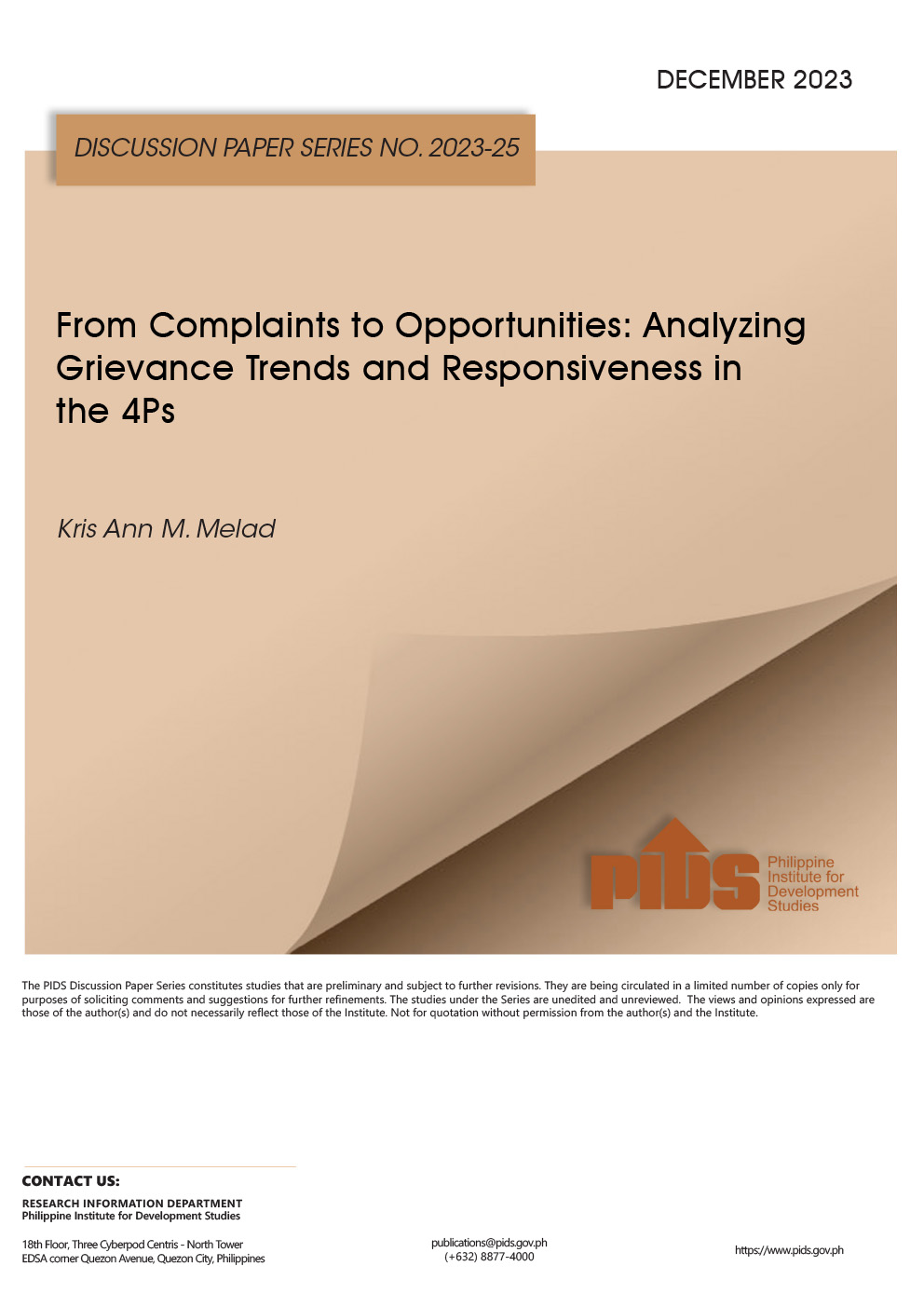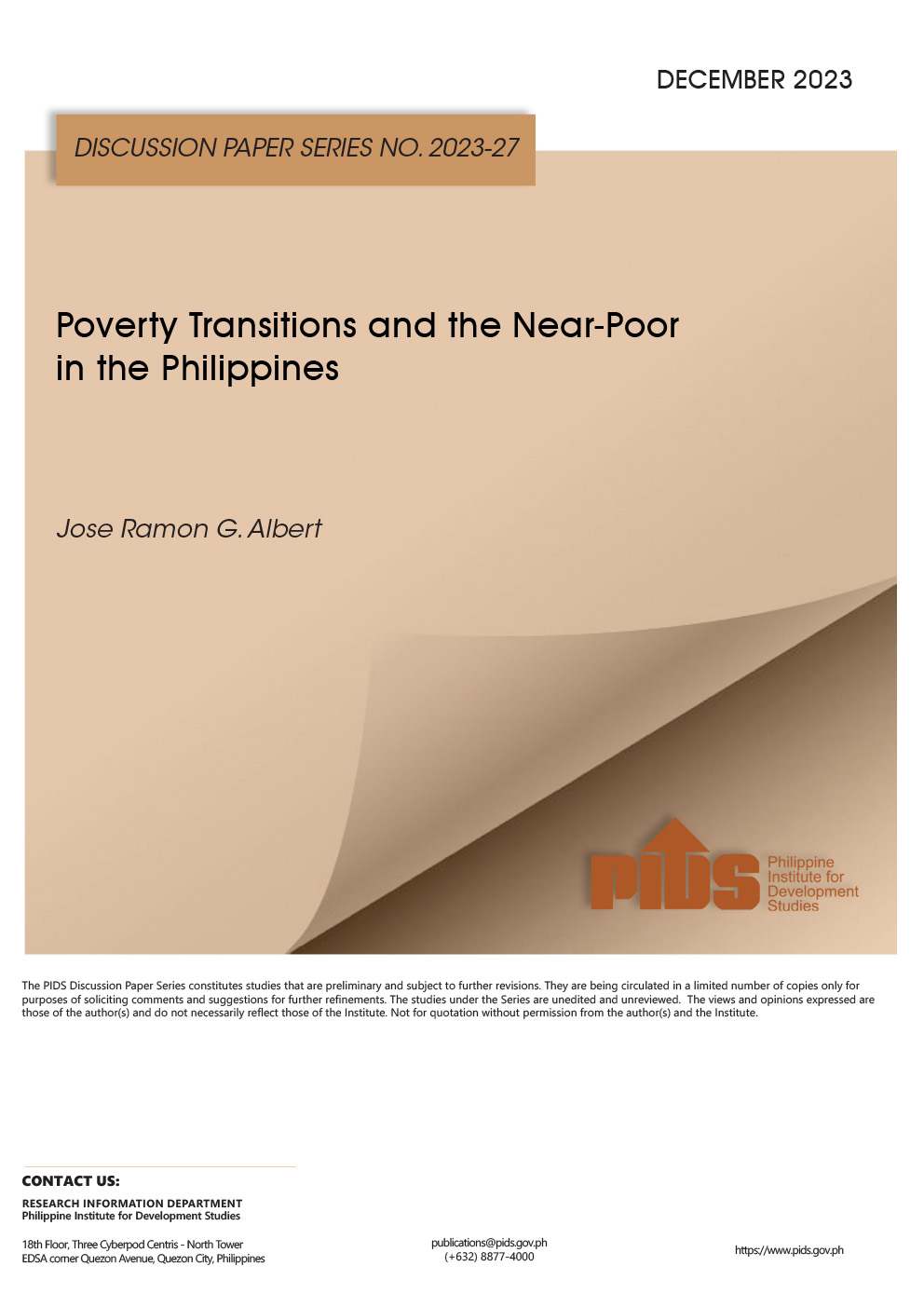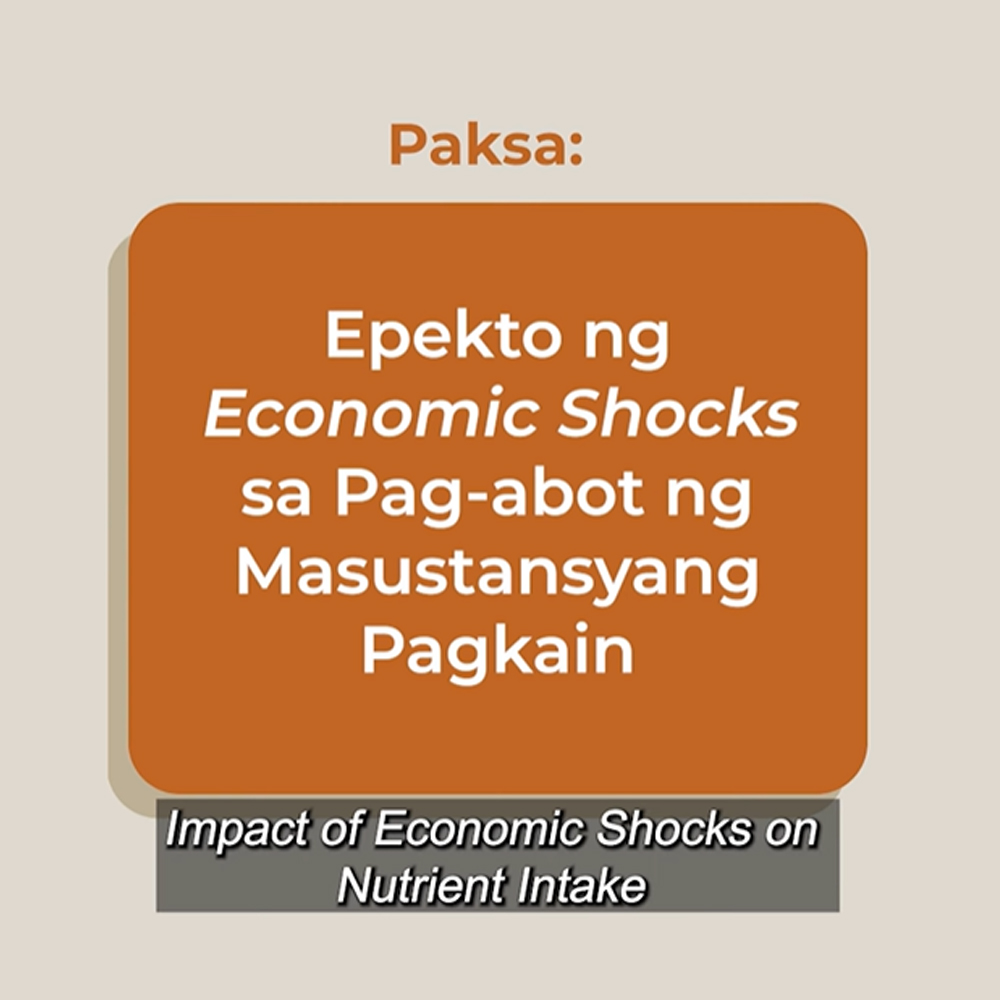MORE Filipinos may fall deeper into poverty this year, given the high commodity prices being experienced by households nationwide for the past eight months, local economists said, as the economy posted a nine-year high inflation rate on Wednesday.
Data released by the Philippine Statistics Authority (PSA) showed inflation reached 6.4 percent in August 2018. This has brought the average inflation for the year to 4.8 percent.
Economists believe more expensive commodities could make it more difficult for the government to meet its target of reducing poverty to 14 percent by 2022, from the 21.6 percent recorded in 2015.
“Higher prices, particularly higher food prices—as what we are seeing now—hurts the poor households more since 60 percent of their budget is spent on food. During periods when inflation rates are high—example [in] 2009—poverty incidence did not decrease significantly [from 2006],” University of the Philippines School of Statistics Dean Dennis Mapa said.
“The government will have a hard time achieving its commitment to significantly reduce poverty incidence—we will see the initial numbers from the 2018 FIES [Family Income and Expenditure Survey]—given the higher inflation rate,” he added.
The inflation rate in August was significantly higher than the government’s full-year target of 3.5 to 4.5 percent inflation. This was also higher than economists’ expectation that inflation would reach or peak at 6 percent.
Mapa said urban and rural poor households, as well as near-poor households, are negatively affected because food inflation rates are high for Metro Manila at an eight month average of 6.7 percent and areas outside the National Capital Region with 5.9 percent.
This is consistent with the findings of a 2008 study of Asian Development Bank (ADB) economist Hyun Son which stated that a 10-percent increase in prices of food could lead to 2.3 million poor Filipinos, while the same increase in nonfood prices could lead to an addition of 1.7 million to poverty.
Son also said that a 10-percent increase in rice and fuel prices will result in an additional 0.66 million and 0.16 million poor people in the Philippines, respectively.
“The study was done by Hyun Son of ADB in 2008…. I posted it…so that people can extrapolate on the impact of inflation on poverty. If the inflation rate cannot be curbed, expect an increase in the poverty rate this year,” Fernando T. Aldaba, dean of the School of Social Science at the Ateneo de Manila University, told the BusinessMirror.
However, economists, such as Philippine Institute for Development Studies Roehlano Briones and University of Asia and the Pacific’s Senen Reyes, believe Filipinos will see some reprieve in high commodity prices in the coming months.
Briones said the increase in fish prices, which is largely related to bad weather, is bound to slow given the end of the rainy season. Both Briones and Reyes said the issue with rice prices will be resolved in the coming months with the arrival of the harvest.
Apart from this, Briones said measures that are being undertaken by the government, such as the tariffication of the country’s quantitative restriction on rice, are sufficient to bring down rice prices, the country’s food staple.
BSP assures Senate<
Senate President Vicente C. Sotto III, citing Central Bank assurance, said on Wednesday he expects the 6.4 percent inflation to go down anytime soon.
The Senate leader said he spoke with Bangko Sentral ng Pilipinas (BSP) officials early this week and was assured of its downward trend.
“I was just talking with the officials of the Central Bank,” Sotto told Senate reporters on Wednesday.
The Senate President said he was informed by the BSP that “they are now in the process of taking necessary steps and measures [and expect inflation to be] going down afterward.
Sotto, however, did not go into details beyond saying, “They told me that they are taking the necessary steps and measures to bring it down because the dollar continues to gain strength. Palakas nang palakas. Meron silang kontrobersya doon, lumalakas pa din [The dollar continues to gain. They have all sorts of controversies over there, but the dollar keeps getting stronger].
Implement UCT
In order to address the rapid increase in prices, Mapa said the government can increase the monthly Unconditional Cash Transfer (UCT) to P400 per recipient, from the current P200, to help Filipinos cope with high prices.
Mapa also said the government can implement the 10-percent discount on NFA rice for poor households, which is in the Tax Reform for Acceleration and Inclusion law enacted in January 2018.
Action for Economic Reform coordinator Filomeno Sta. Ana III said other measures include removing Jason Aquino from being administrator of the National Food Authority (NFA), which, he said, can be blamed for the “rice shortage.
Sta. Ana said the problem with rice could easily be avoided if the NFA were “competent and pursued the reform of allowing the private sector to import rice.
“The spike in prices of basic food, especially rice, is a man-made calamity, or to change metaphors, a self-inflicted wound. We must make the administration account. For credibility of reform on this front, the administration must remove J. Aquino as NFA head,” Sta. Ana said.
Meanwhile, the National Economic and Development Authority (Neda) said boosting output and introducing policy reform is needed to bring down prices of agricultural products.
Damage to agriculture brought about by southwest monsoon and Typhoon Karding in Ilocos, Cagayan and Cordillera regions amounted to P33.5 million, thus taking a toll on the prices of agricultural commodities.
On rice production, palay production growth slowed to 1.68 percent, from 12.06 percent, during the first half of 2017.
Also, the total rice inventory of the NFA further declined to 1.9 million metric tons (MT) as of August 10, 2018. This was around 15 percent lower than the levels in the previous month.
“The NFA should fast-track the distribution of remaining inventories, alongside the completion of the government’s 250,000 MT rice imports from Thailand and Vietnam in the last week of August, to build its rice inventory, a necessary step to temper inflation,” Socioeconomic Planning Secretary Ernesto M. Pernia said.
Pernia also reiterated the passage of the amendments to Republic Act 8178, or the Agricultural Tariffication Act, deemed a crucial step in reforming the agriculture sector over the medium and long term.
This proposed bill, once signed into law and fully implemented, is expected to help bring down the prices of rice and provide farmers better access to farming technologies and high-yielding variety crops. With Butch Fernandez











